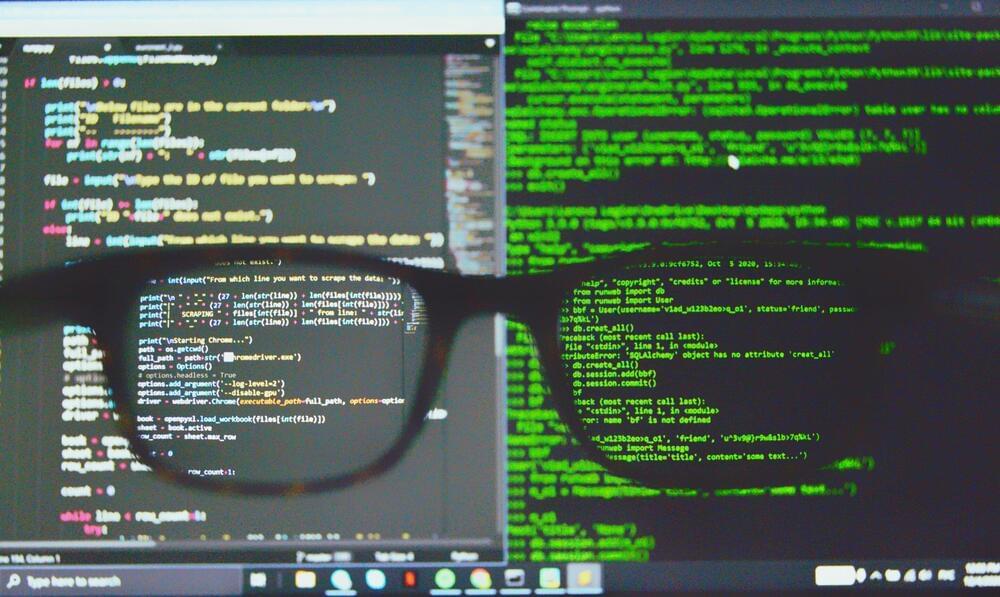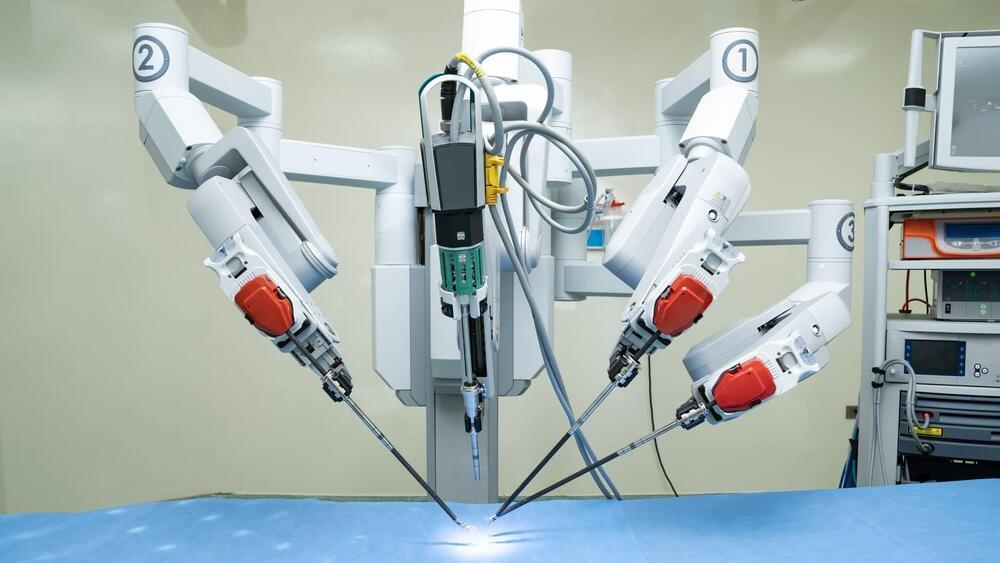How a cup of water can unlock the secrets of our Universe?




A team of computer scientists at the University of Massachusetts Amherst, led by Emery Berger, recently unveiled a prize-winning Python profiler called Scalene. Programs written with Python are notoriously slow—up to 60,000 times slower than code written in other programming languages—and Scalene works to efficiently identify exactly where Python is lagging, allowing programmers to troubleshoot and streamline their code for higher performance.
There are many different programming languages —C++, Fortran and Java are some of the more well-known ones—but, in recent years, one language has become nearly ubiquitous: Python.
“Python is a ‘batteries-included’ language,” says Berger, who is a professor of computer science in the Manning College of Information and Computer Sciences at UMass Amherst, “and it has become very popular in the age of data science and machine learning because it is so user-friendly.” The language comes with libraries of easy-to-use tools and has an intuitive and readable syntax, allowing users to quickly begin writing Python code.
WEST LAFAYETTE, Ind. – Researchers at Purdue University are advancing the world of robotics and autonomy with their patent-pending method that improves on traditional machine vision and perception.
Zubin Jacob, the Elmore Associate Professor of Electrical and Computer Engineering in the Elmore Family School of Electrical and Computer Engineering, and research scientist Fanglin Bao have developed HADAR, or heat-assisted detection and ranging. Their research was featured on the cover of the July 26 issue of the peer-reviewed journal Nature. A video about HADAR is available on YouTube. Nature also has released a podcast episode that includes an interview with Jacob.
Jacob said it is expected that one in 10 vehicles will be automated and that there will be 20 million robot helpers that serve people by 2030.

If your mother says she loves you: check it.
A couple weeks ago, I asked Vergecast.
What I was not expecting was for so many people to send me versions of a video that shows a banana getting stitches in a robotic surgery device, with the captions claiming that the surgery is being done remotely over 5G. This video has had an … More.
Meet Dr. Kais Rona, who is as befuddled by the lie appended to his video as anyone else.

NotebookLM is a neat research tool with some big ideas. It’s still rough and new, but it feels like Google is onto something.
What if you could have a conversation with your notes? That question has consumed a corner of the internet recently.
Google’s version of this is called NotebookLM. It’s an AI-powered research tool that is meant to help you organize and interact with your own notes. (Google originally announced it earlier this year as Project Tailwind but quickly changed the name.) Right now, it’s really just a… More.
NotebookLM gives you a chatbot for your personal docs, and it’s already pretty helpful.

Google Flights today is releasing a new feature that will help travelers better determine the right time to book. Rolling out this week, the company is debuting new insights that will leverage historical trend data that lets consumers see when prices have typically been lowest to their chosen destination on their selected dates.
The addition aims to help consumers answer the question as to whether it’s better to book their flight now or wait for lower prices.
For example, Google explains, the new insights could tell users that the cheapest time to book their trip is currently two months prior to departure or that, typically, prices for their trip have generally declined closer to the date of departure. With this new understanding of whether or not they’re getting the best deal, consumers may chose to either book immediately or wait for a better price.

The latest static fire engine test is part of SpaceX’s final preparations for the second test flight of Starship.
SpaceX has successfully performed another static fire engine test on its Super Heavy prototype, Booster 9.
The company is preparing for the second flight test of the massive rocket and CEO Elon Musk recently stated it could happen “soon.”

The Da Vinci robot was able to undertake an operation no doctor would.
Robots are increasingly showing up in operating rooms and they are saving lives. As one patient in Canada reports in a CBC
Glenn Deir recounts the story of how his inoperable tumor nearly cost him his life and thanks the robot that saved him.

Study reveals stark global inequities in HPV vaccine coverage across 84 countries, finding that nations with the highest burden of cervical cancer often have the lowest vaccination rates. However, new WHO recommendations and an increase in vaccine supply may help narrow this gap and improve equitable access.